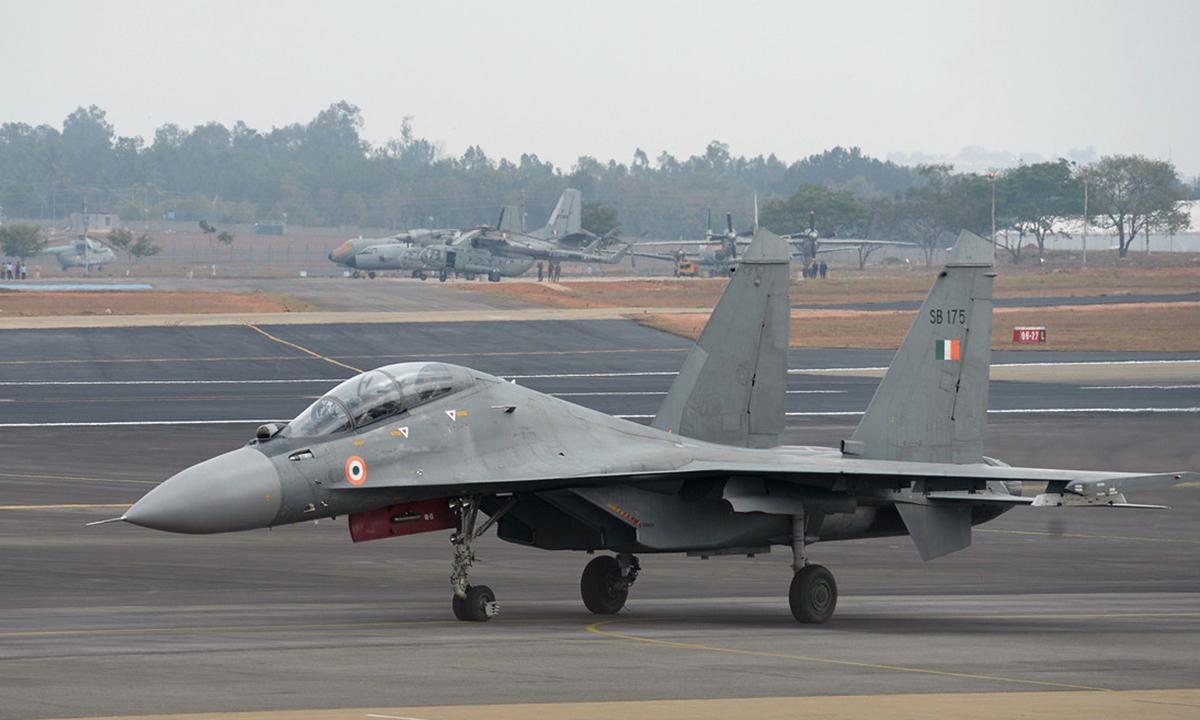India’s rise to third place in the World Directory of Modern Military Aircraft (WDMMA) rankings—above China—has prompted criticism from Chinese experts. They argue that military strength should be assessed by operational capability, not fleet size or paper metrics. The debate highlights growing strategic competition and differing views on defense evaluation.
Ranking Reality Check: Chinese Expert Questions India’s Air Force Superiority in Global Index
India’s recent leap in global air power rankings has stirred debate across Asia. The World Directory of Modern Military Aircraft (WDMMA) placed the Indian Air Force (IAF) third globally—ahead of China’s People’s Liberation Army Air Force (PLAAF)—based on its TruVal Rating (TVR) system. While Indian defense circles celebrated the achievement, Chinese experts have pushed back, calling for more nuanced assessments of military capability.
Key Highlights from the Ranking and Reaction:
India Surpasses China in WDMMA Rankings
The IAF earned a TVR of 69.4, placing it behind only the US Air Force (242.9) and Russian Air Force (114.2).
China’s PLAAF followed with a TVR of 63.8, securing fourth place.
Chinese Expert Critique
A Chinese defense analyst stated that “militaries should be ranked by real capabilities rather than on paper”, suggesting that fleet numbers and aircraft types don’t fully reflect operational readiness or combat effectiveness.
The expert emphasized training, logistics, and wartime performance as more accurate indicators of strength.
India’s Operational Edge Highlighted
India’s performance in Operation Sindoor, where the IAF outmaneuvered Pakistan’s Chinese-supplied aircraft, was cited as evidence of tactical superiority.
The IAF’s integration of Rafale jets, indigenous Tejas fighters, and advanced surveillance systems contributed to its ranking boost.
Methodology Behind WDMMA Rankings
The TVR system evaluates attack, logistics, special-mission, and general support aircraft, offering a composite score of air force capability.
Critics argue that it may overlook qualitative factors like pilot skill, maintenance infrastructure, and combat doctrine.
Strategic Implications
The ranking has intensified India-China military comparisons, especially amid ongoing border tensions.
It also reflects India’s growing emphasis on defense modernization and indigenous production.
While rankings offer a snapshot of military assets, experts across borders agree: true power lies in performance, not just numbers.
Sources: The Week, Indian Defence News, Firstpost

